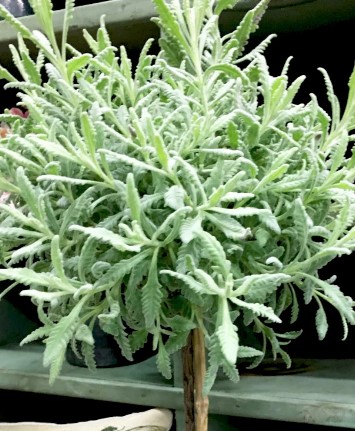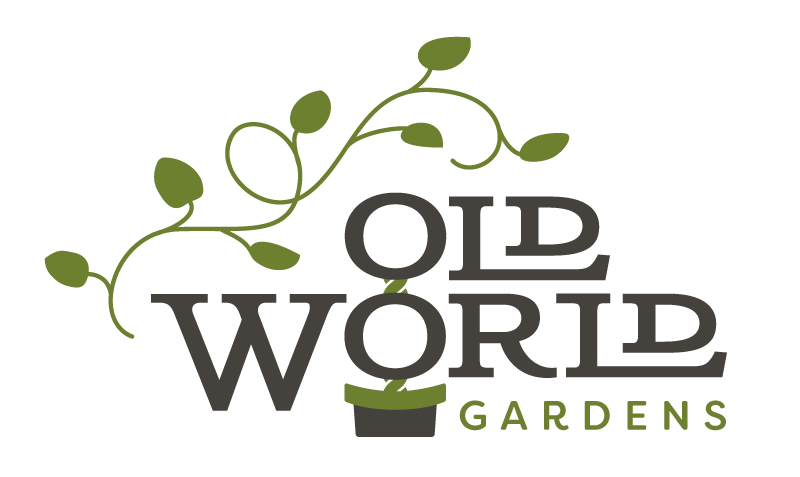Lavender
Lavender are beautiful and fragrant plant that are a great addition to any indoor or outdoor space. Here are some care requirements for a lavender plants and topiaries.
We carry a variety of lavender in several pot sizes. Most common in our inventory are 4″ and 5″ single-ball topiaries. We also carry 7″ and 8″ single-ball topiaries and lavender plants in 10″ plastic pots.
We carry the following varieties of lavender plants:
- Goodwin Creek
- Ruffles
- Anouk
- Grosso
Every now and again will will have limited quantiteis of our Top Tier Lavender Topiaries in larger and specialty pot sizes upwards to 12-17″ includign rolled rim and other unique pot shapes.
Common Name:
Lavender; Goodwin Creek, Ruffles, Anouk, and Grosso.
Mature Size:
Our lavender plants are relatively compact and typically grow to a mature height of 18-24 inches (45-60 cm). However, the height and spread of the plant can vary depending on growing conditions and pruning habits.
Growth Rate:
Moderate
Optimum Temperature:
70-85 degrees Fahrenheit with nighttime temps no lower than 50 degrees Fahrenheit.
Characteristics:
- Fragrance: Lavender is known for its distinctive and pleasant fragrance. The essential oil extracted from its flowers is often used in perfumes, soaps, and other products.
- Flowers: Lavender flowers are small and fragrant, and come in shades of purple, pink, and white. They are arranged in dense, spiky clusters on long stems.
- Leaves: Lavender leaves are narrow and elongated, and are typically a grayish-green color. They are arranged in an opposite pattern on the stems.
Light:
Lavender topiaries need plenty of bright, direct sunlight to thrive. Place them in a sunny windowsill or outside in a sunny spot.
Water:
Watering: Lavender topiaries prefer well-drained soil that is allowed to dry out between waterings. Water when the top inch of soil feels dry to the touch, and be careful not to overwater, as this can lead to root rot.
Fertalizer:
Fertilize your lavender topiary once a month during the growing season with a balanced fertilizer. Avoid fertilizing during the winter months.
Common Pests/Issues:
Lavender topiaries can be affected by pests such as spider mites and aphids. Keep an eye out for any signs of infestation and treat promptly. Lavender topiaries can also be affected by fungal diseases, so make sure to avoid overwatering and provide good air circulation.
Additional Notes:
In northern climates, bring plants indoors to overwinter. Prune the plant after blooming. If you wish for it to grow into a small tree, simply remove the spent blooms and clean out any dead or diseased wood. For a hedge, sheer the plant to the size desired. Bonsai and topiary forms take more training, which should be started in infancy.


